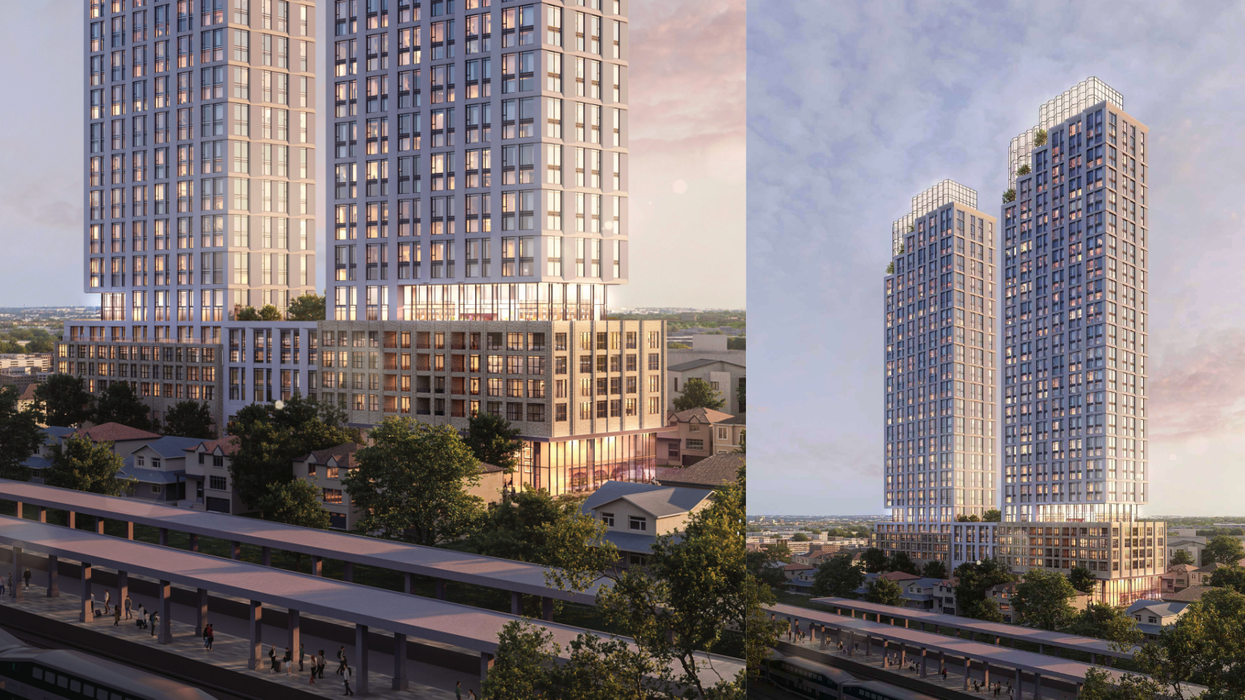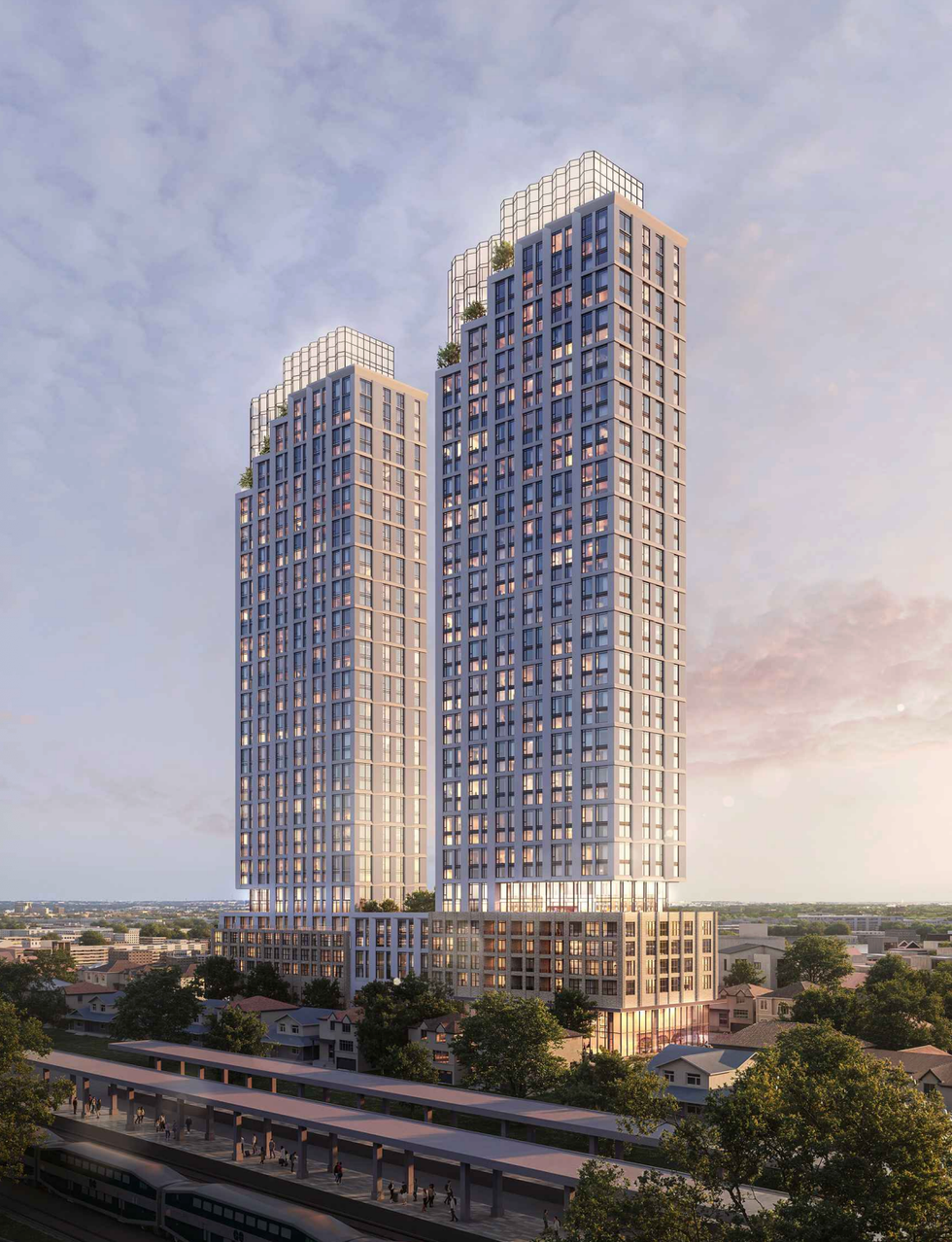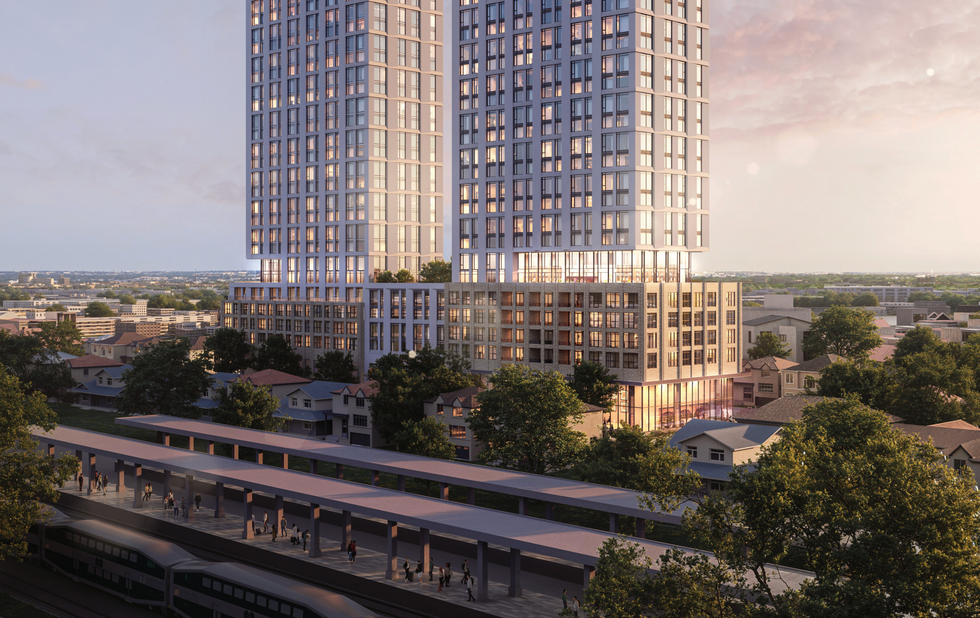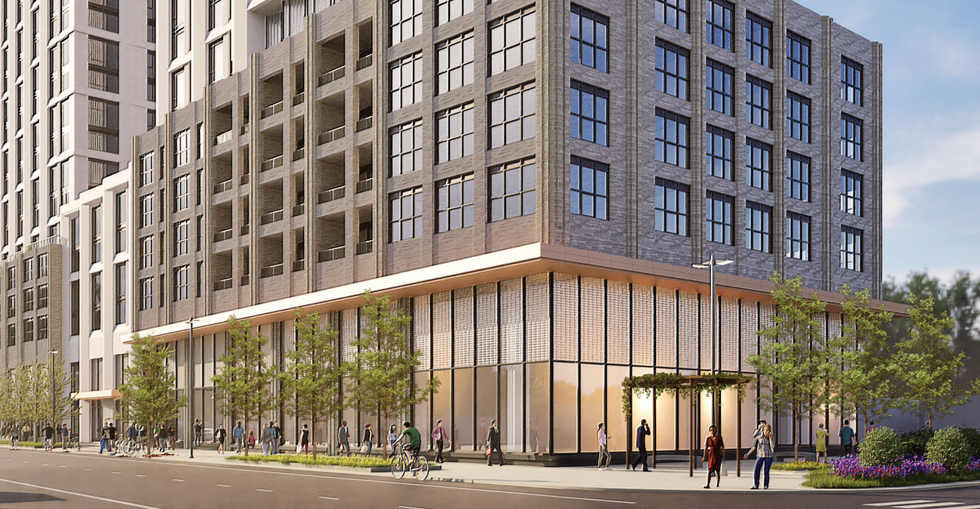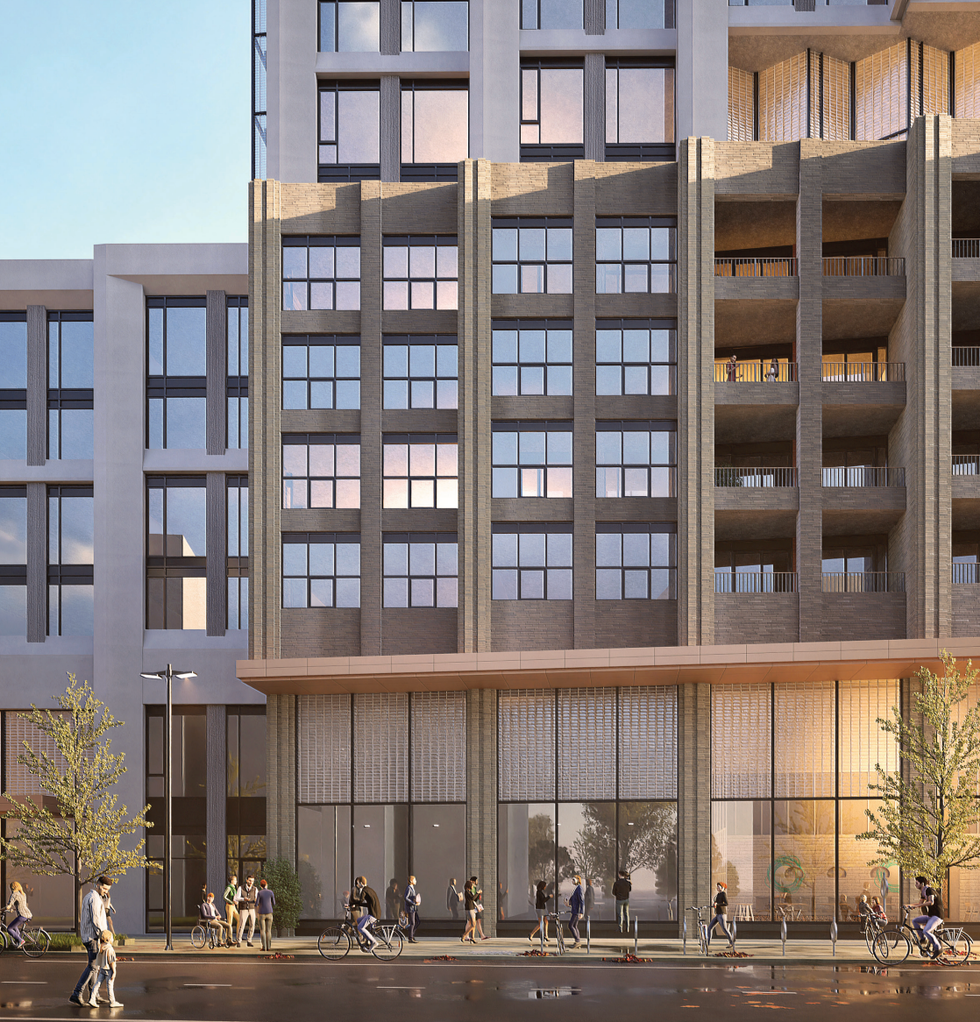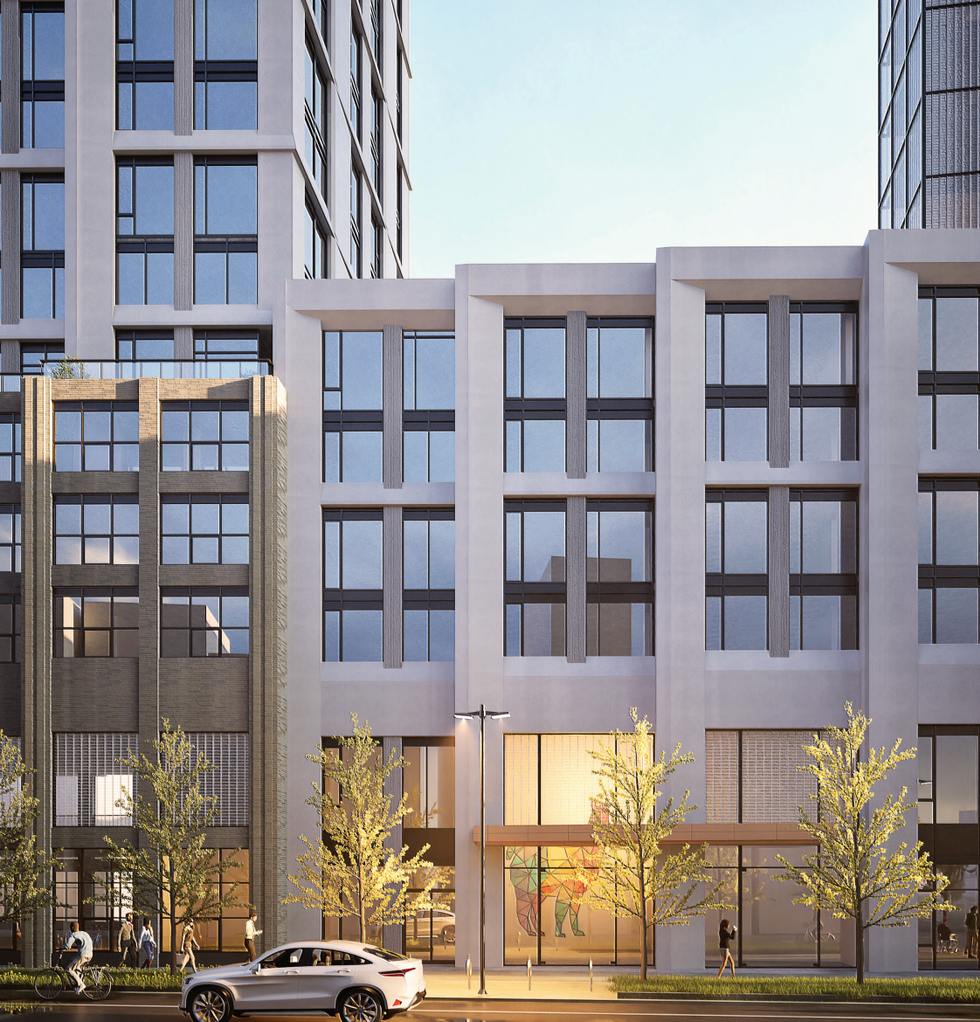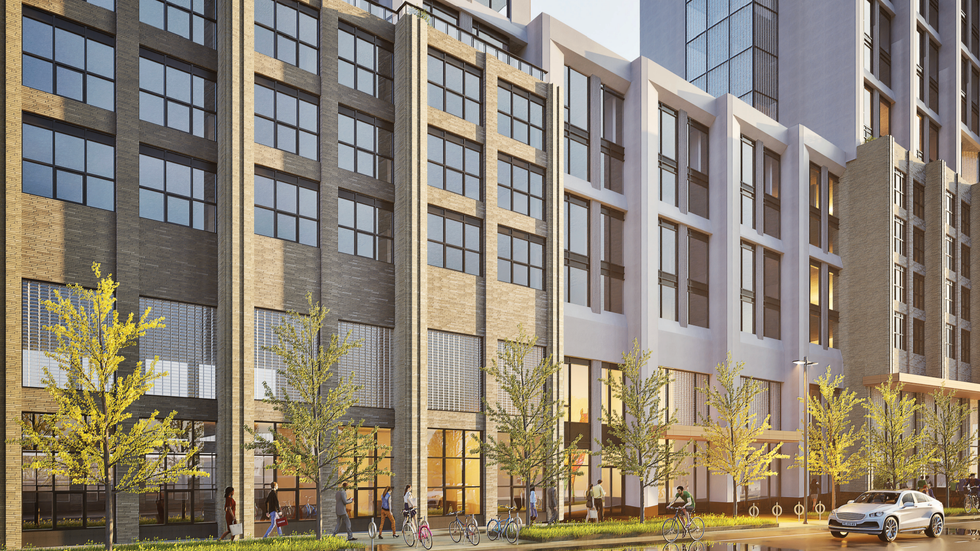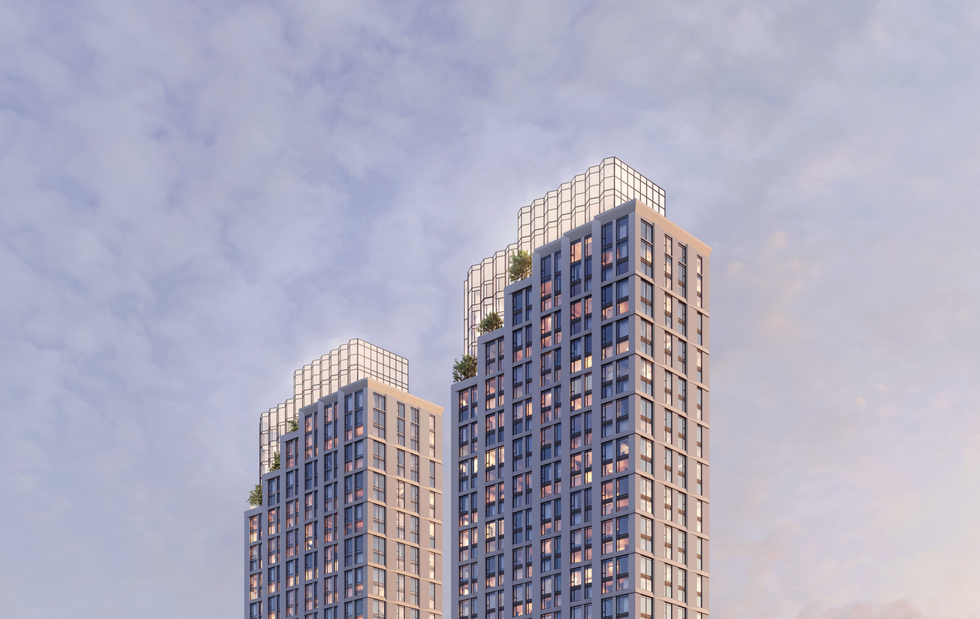Above Guideline Increase (AGI)
Learn about AGIs (above guideline increases) in Canadian rental law — what they are, when they apply, and tenant protections.

July 28, 2025
What is an Above Guideline Increase (AGI)?
An AGI, or above guideline increase, is a rent increase above the standard annual guideline that landlords can apply for in specific circumstances.
Why AGIs Matter in Real Estate
In Canadian rental law, AGIs allow landlords to recover costs from extraordinary expenses or investments while protecting tenants from arbitrary rent increases.
Common reasons for AGIs:
- Major capital improvements (e.g., new roofs, HVAC)
- Significant increases in taxes or utilities
- Enhanced security services
Understanding AGIs helps landlords and tenants know when such increases are valid and how they are regulated.
Example of an AGI in Action
The landlord applied for an AGI after completing extensive plumbing and electrical upgrades to the building.
Key Takeaways
- Rent increase above annual guideline
- Must be approved by landlord-tenant boards
- Only permitted for qualifying costs
- Tenants can dispute unsupported AGIs
- Ensures fair cost recovery for landlords
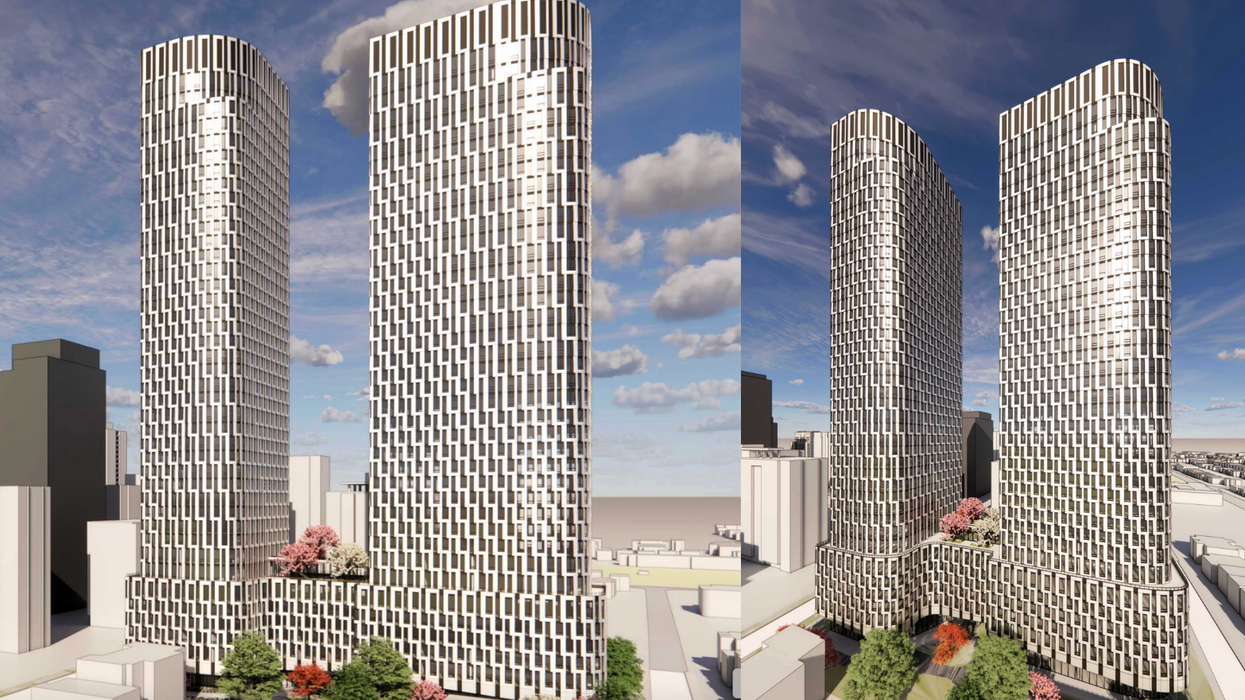
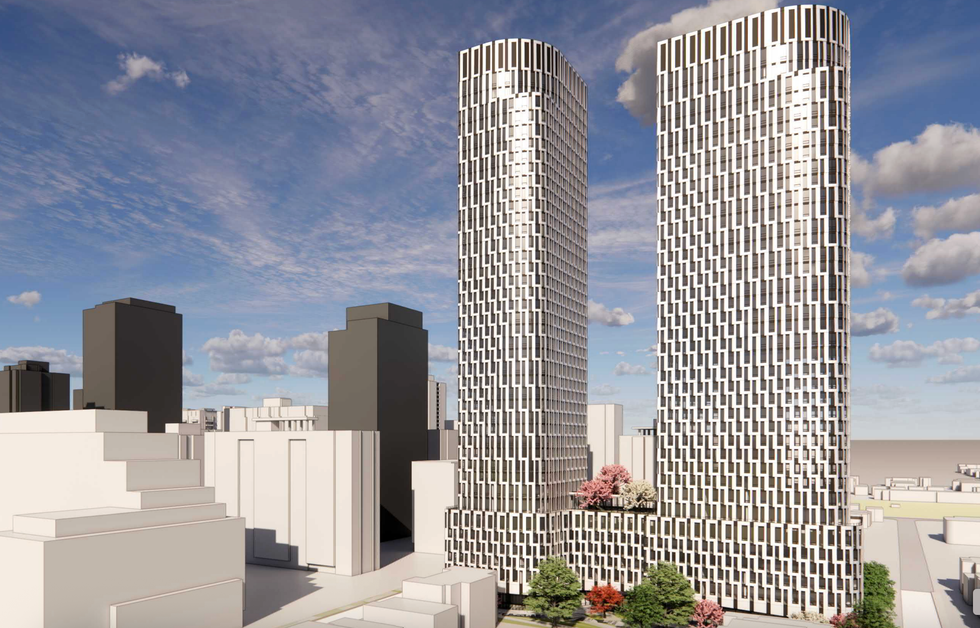

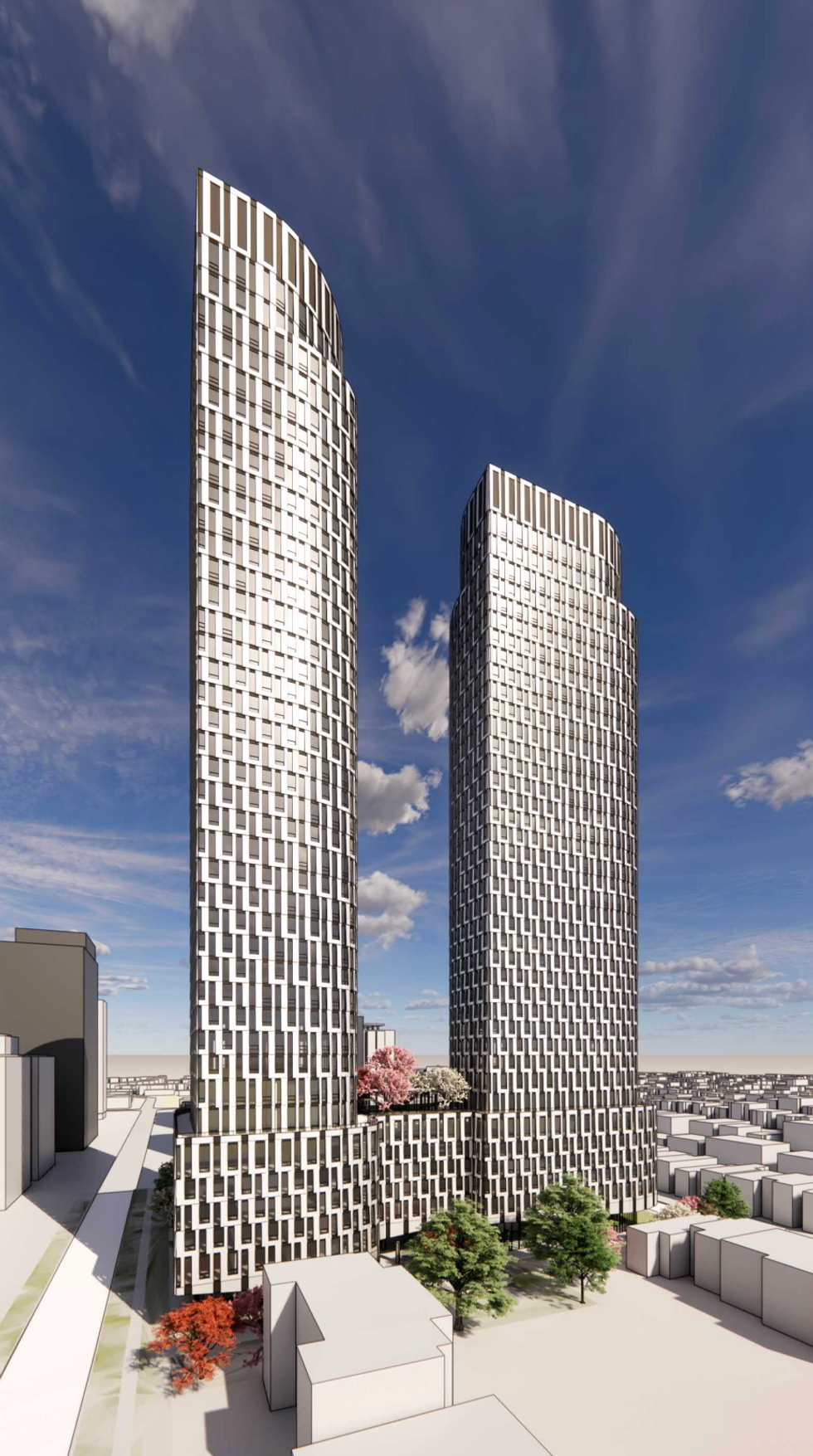
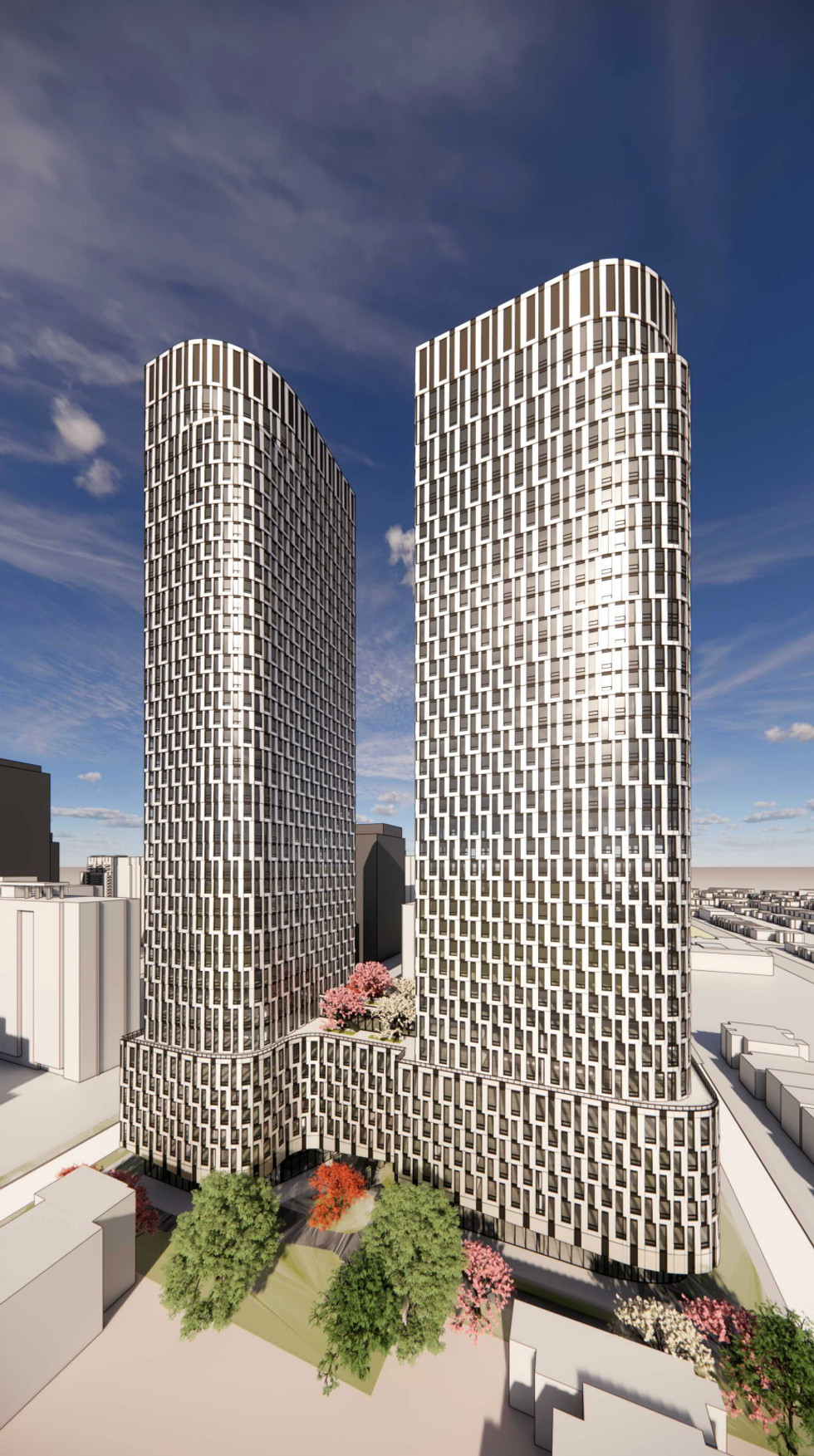
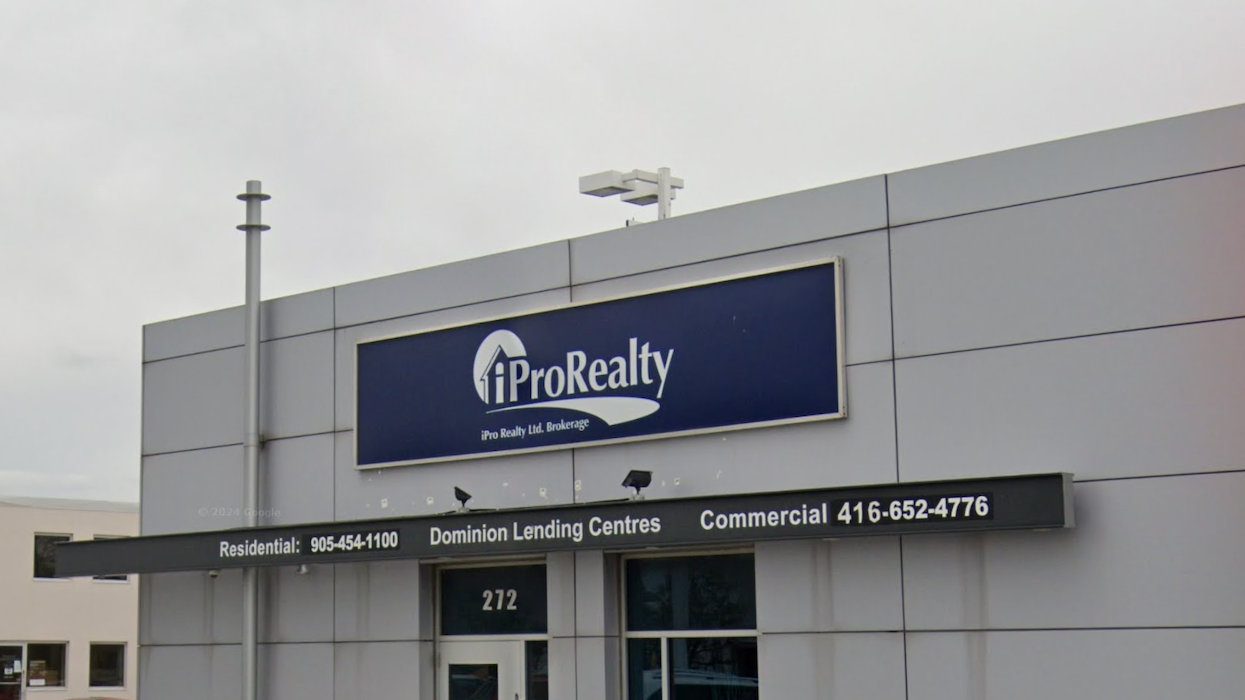

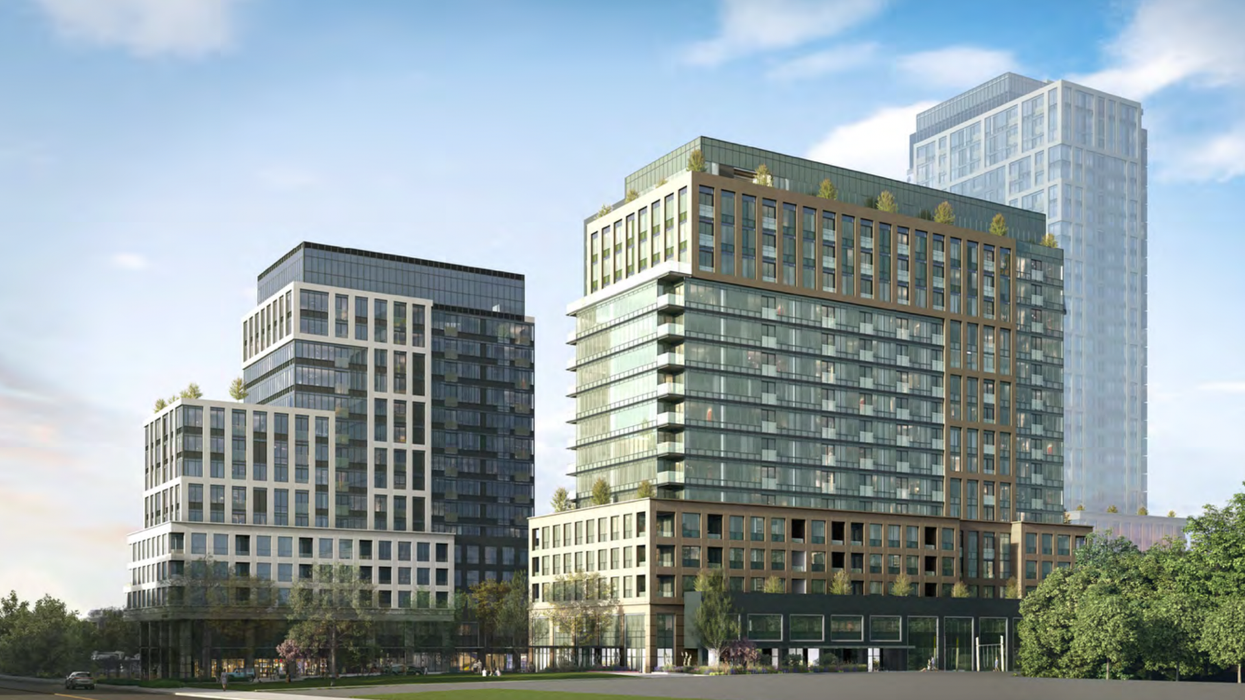
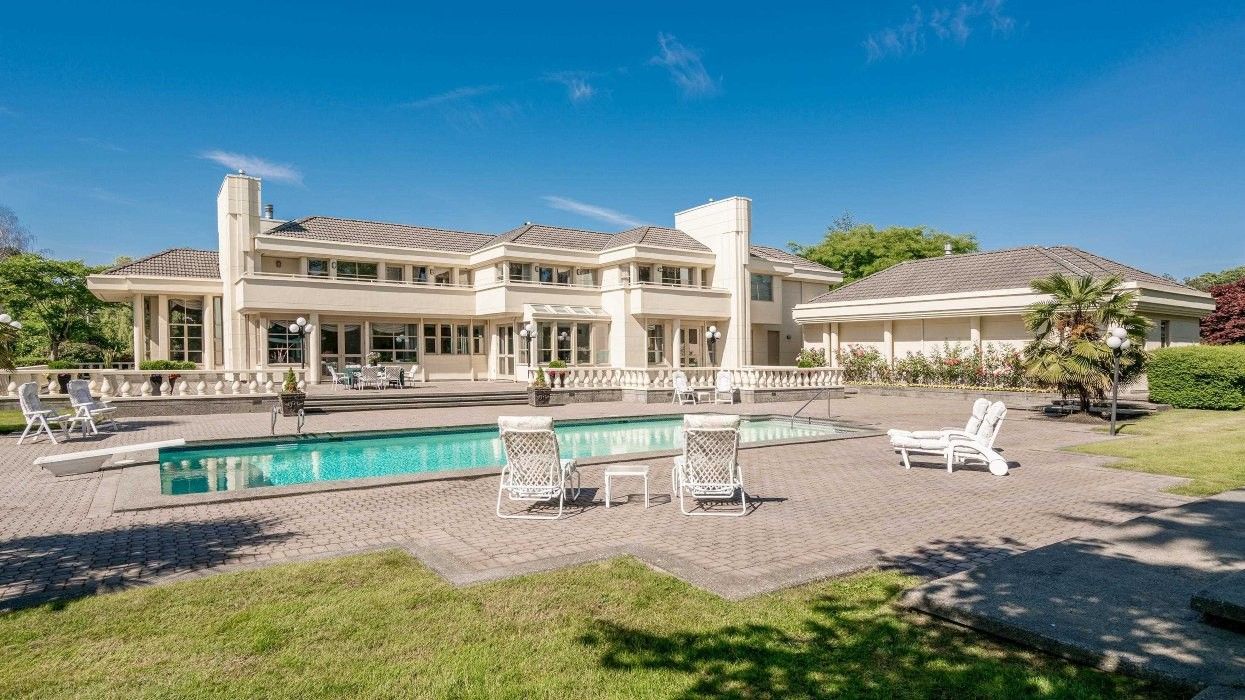
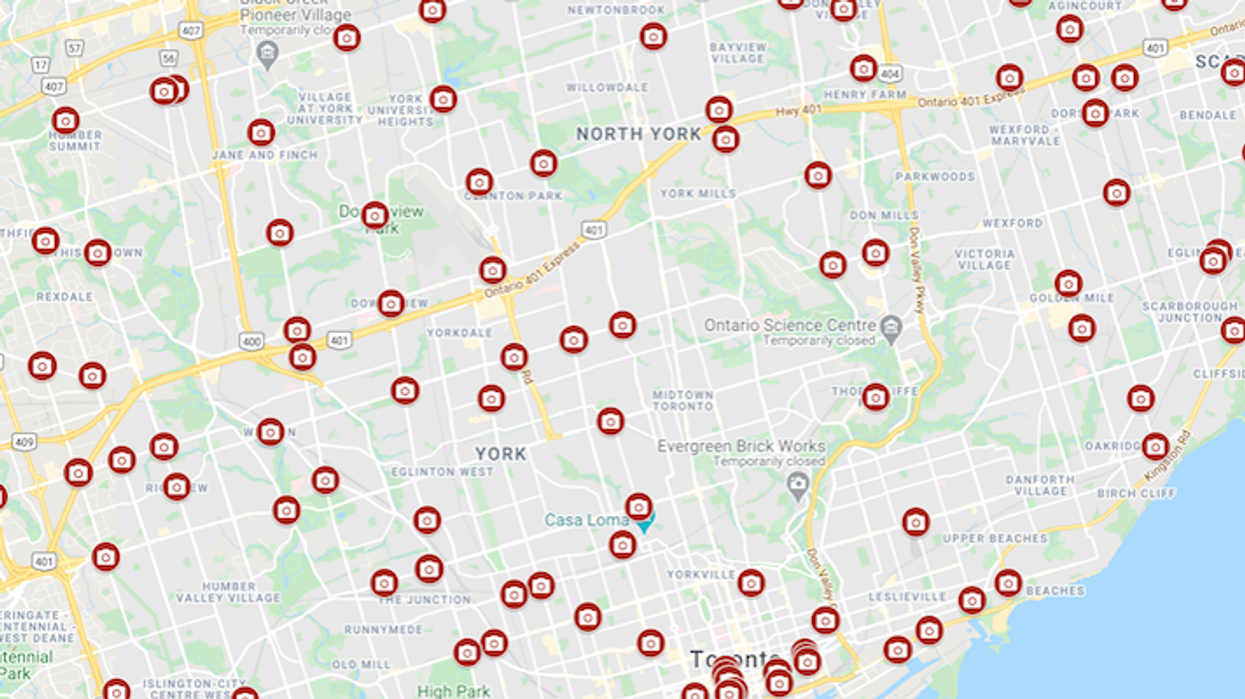
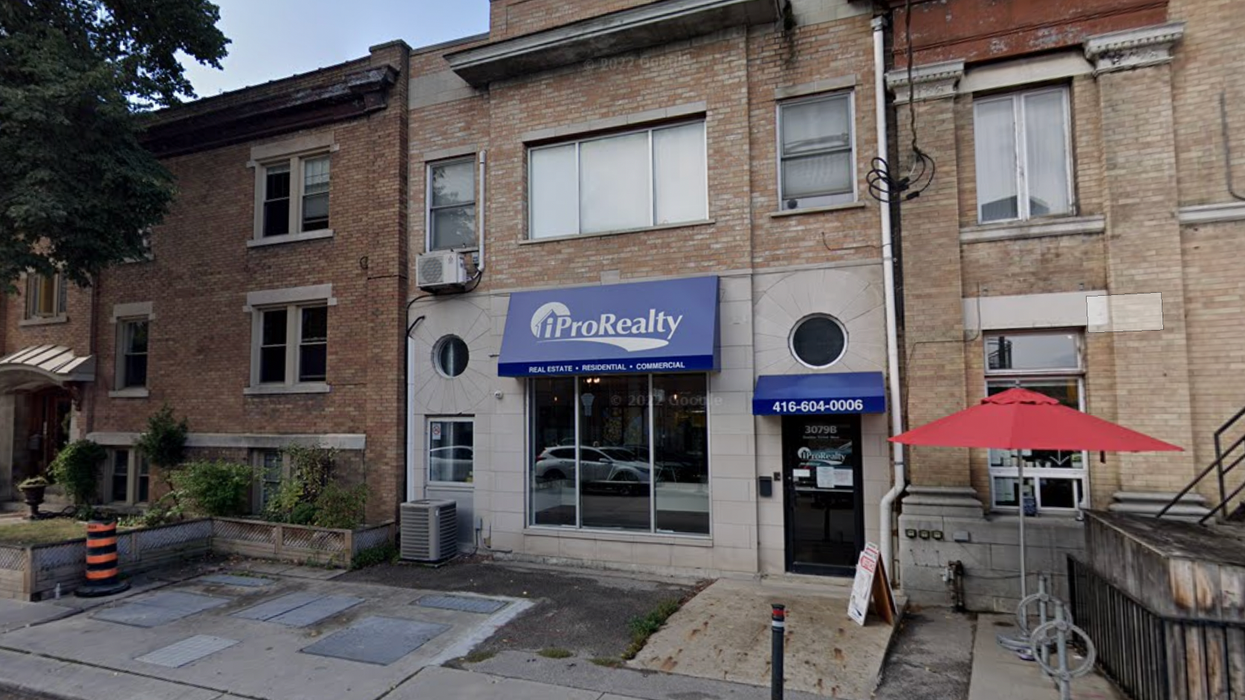


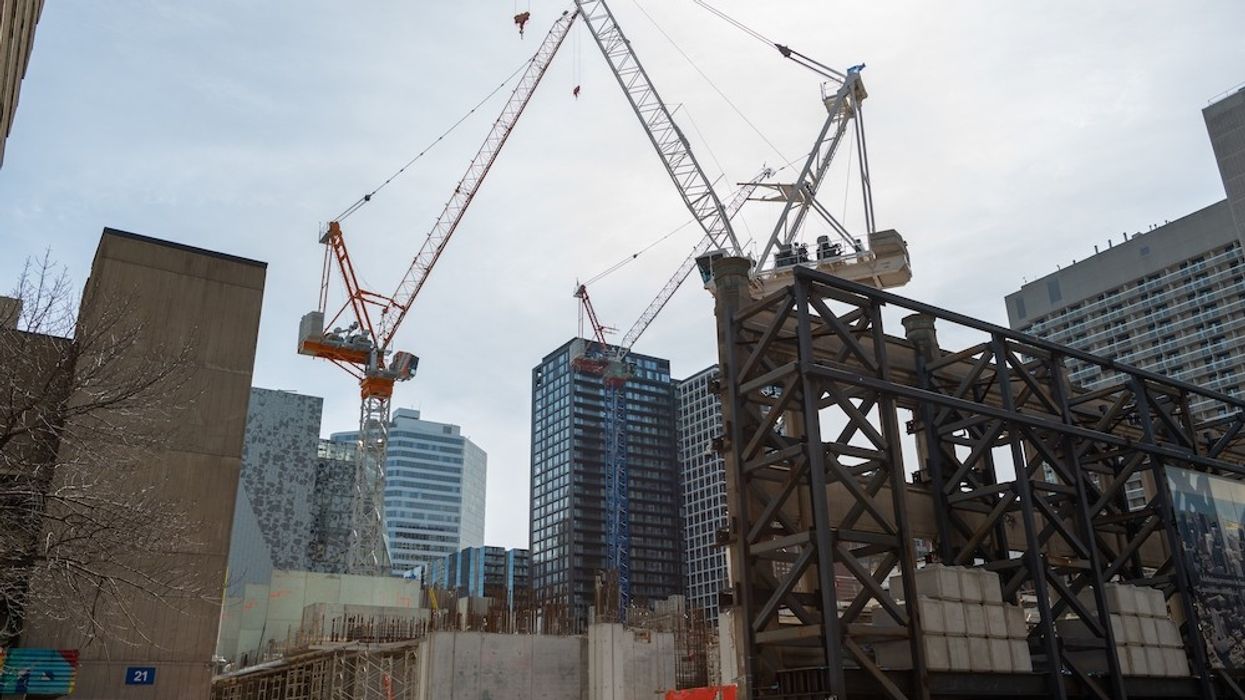

 Camcos Living
Camcos Living Shutterstock
Shutterstock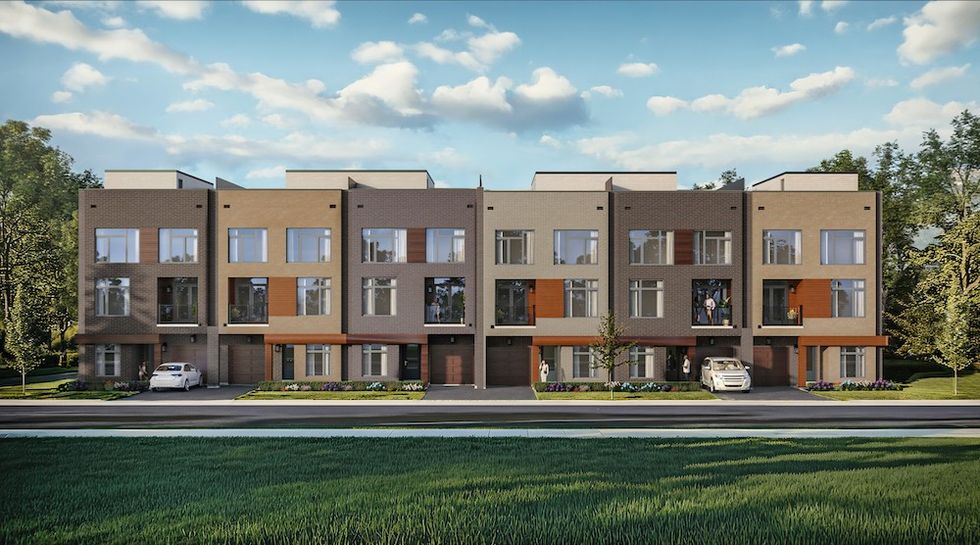 Little Rouge Block G/Camcos
Little Rouge Block G/Camcos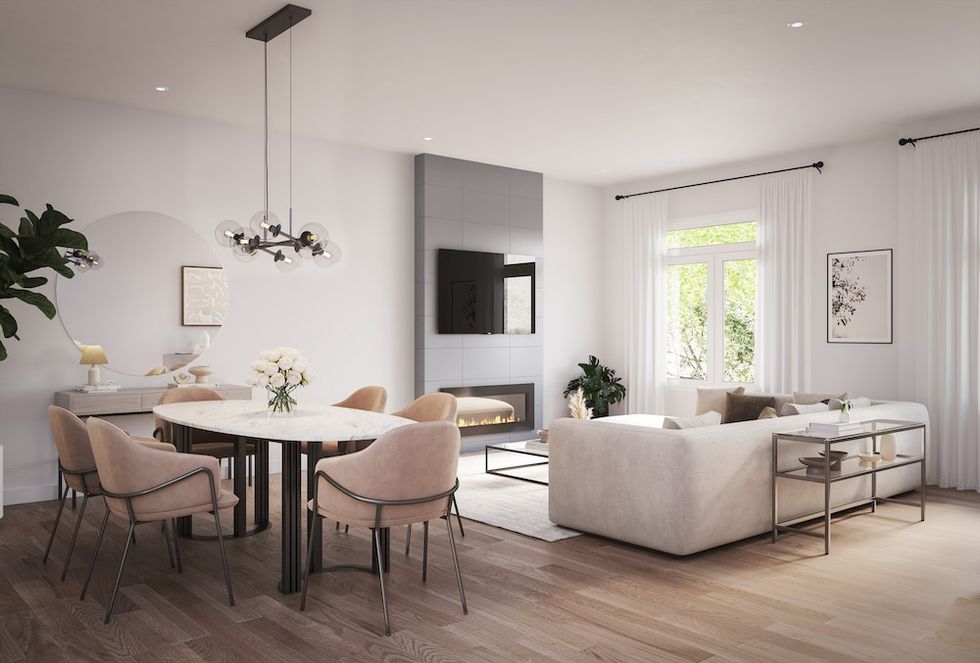 Camcos Living
Camcos Living Camcos Living
Camcos Living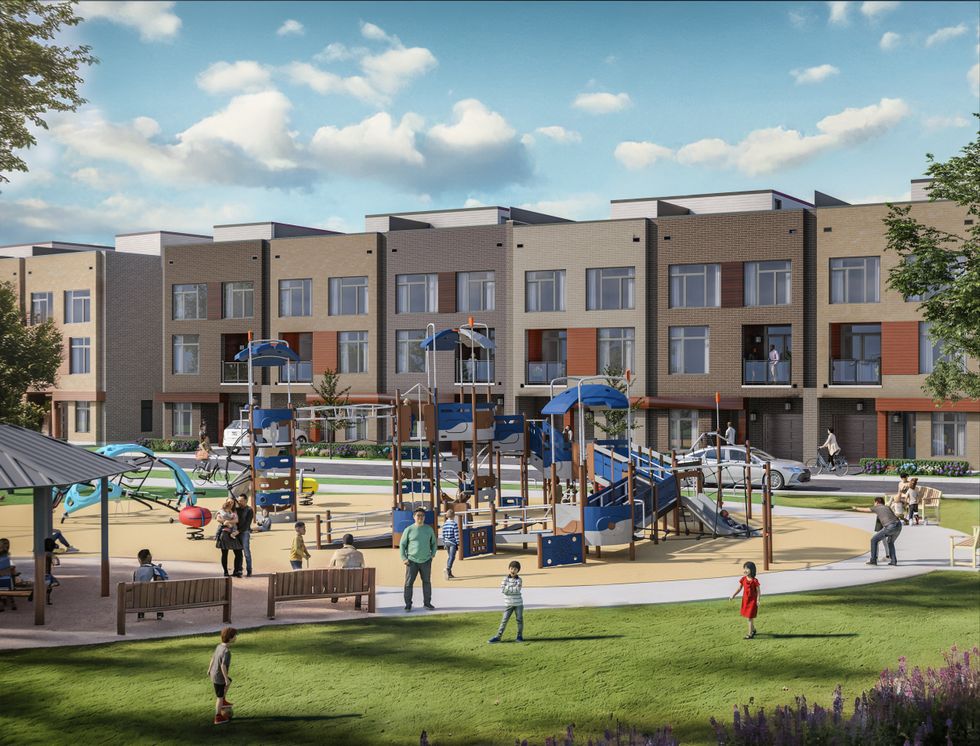 Camcos
Camcos
